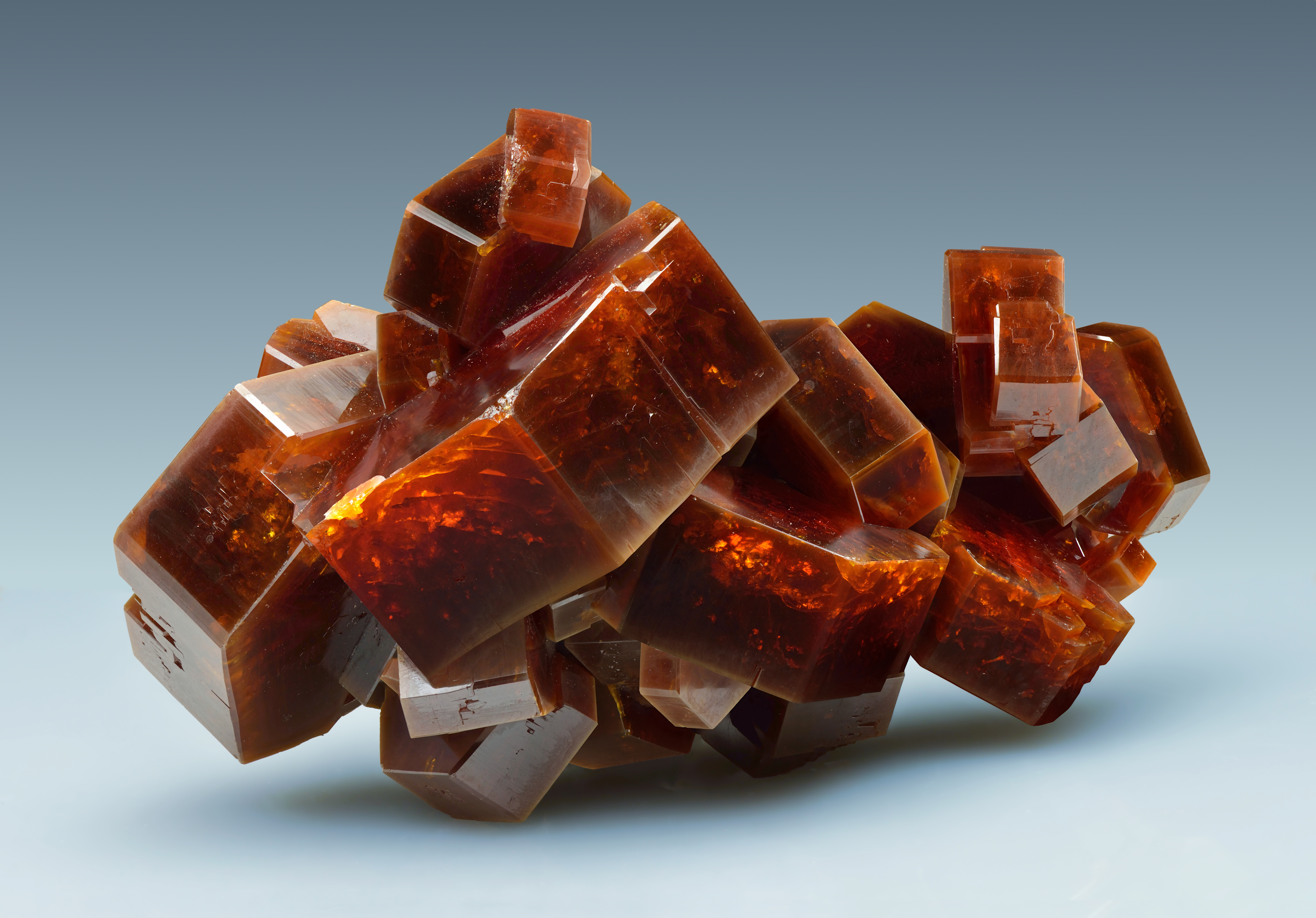Earth’s Building Blocks

Welcome to the wonderful world of minerals! The word “mineral” by itself might sound a bit boring, but this term encompasses a beautiful mixture of stones, gems, and crystals! Geologists technically define a mineral as something solid, with a defined chemical composition and patterned atomic structure that also happens to be naturally occurring.
That sounds like a pretty narrow definition, but there are over 5,600 minerals that have currently been discovered on Earth (wow!)! We also think there are at least another thousand or more that have yet to be discovered by mineral scientists, called mineralogists!
With so many minerals out there, how can we tell one apart from another? It certainly helps that only some are very common on Earth’s surface. However, to even tell these apart from each other, a good field geologist should rely on their senses and ability to identify a mineral based on some key characteristics.
LEARNING OBJECTIVES
After completing the exercises and reading the text in this chapter, you should be able to…
- Describe the building blocks of matter and explain how they relate to mineral formation
- Identify four different types of bonding that occur between atoms
- Explain the definition of a mineral relative to a rock
- Describe the physical properties of common minerals and use them to identify minerals

